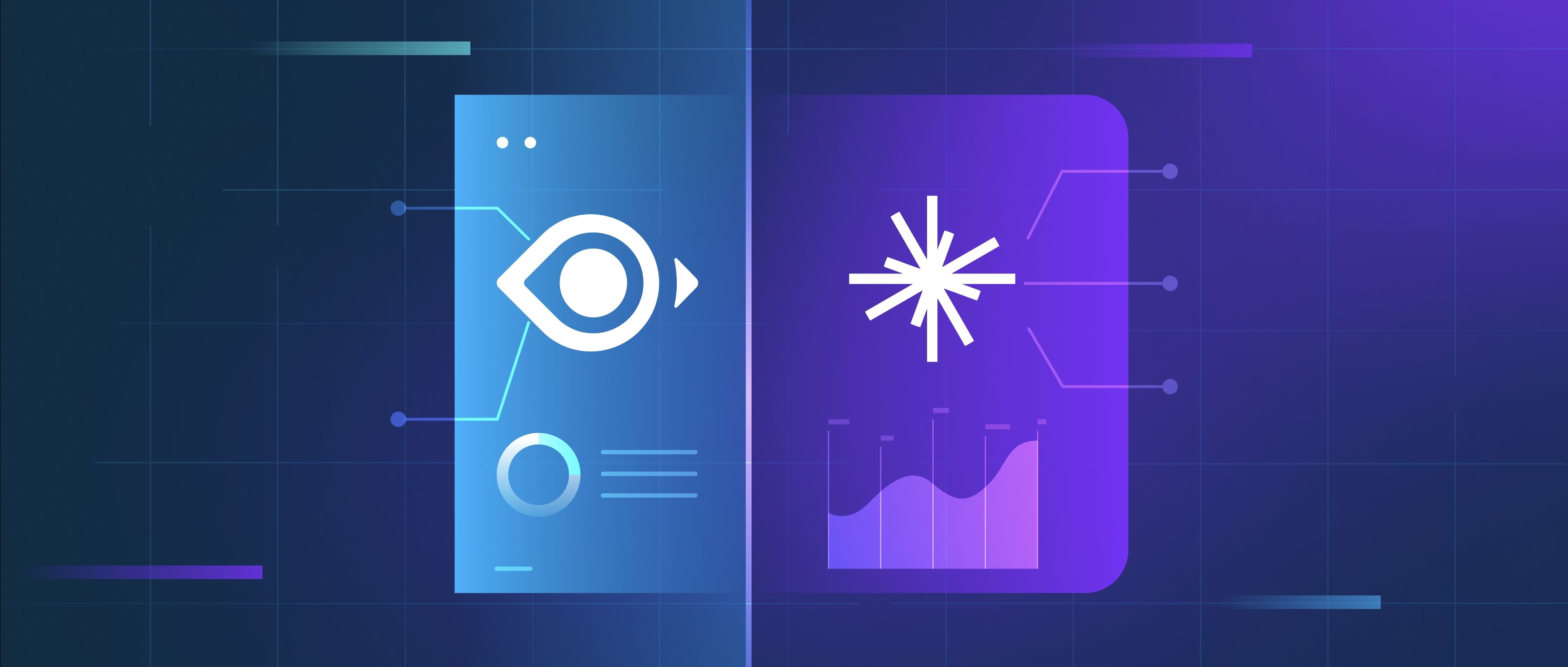Target networks in Deep Q-Networks (DQN) are a crucial element used to stabilize the training process of the Q-learning algorithm when deep learning models are involved. In traditional Q-learning, the Q-values (state-action values) are updated directly, which can lead to instability due to the correlations between the actions taken and the value estimates that are being updated simultaneously. Target networks address this issue by maintaining two separate neural networks: the main network and the target network.
The main network is responsible for selecting actions and predicting Q-values based on the current state of the environment. Meanwhile, the target network, which is a copy of the main network, is used to calculate the target Q-values during the training process. This target network is updated less frequently than the main network, typically every few iterations or episodes. By doing so, it introduces a form of consistency that helps mitigate the problem of overestimation of Q-values, allowing for a more stable learning process.
For example, if you set up a DQN agent to play a game like Atari, the agent uses the main network to decide which action to take based on its current state. After taking the action and observing the reward and next state, it calculates the expected Q-value using the target network. This approach reduces variance in the Q-value updates since the target network does not change as frequently, leading to better convergence and improved performance of the DQN agent in learning optimal policies over time.
